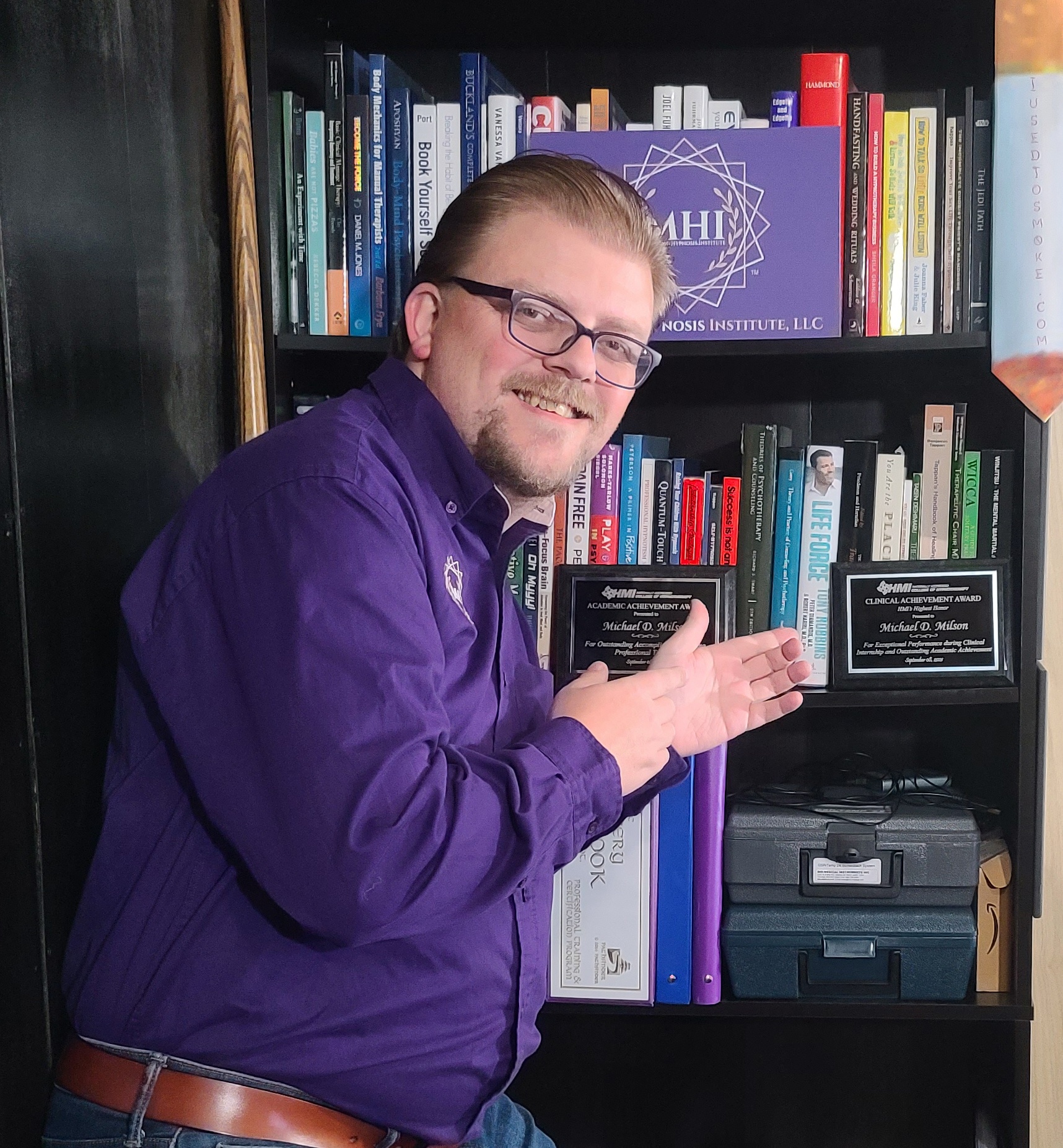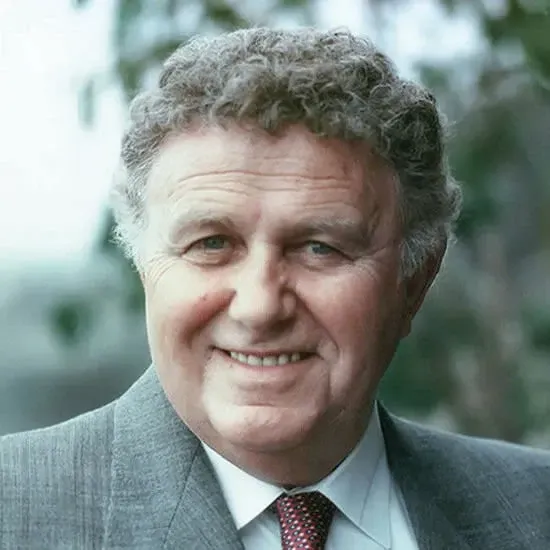Mastering the Skills for a Successful Career in Hypnosis and Hypnotherapy
Discover the essential skills for success in hypnosis and hypnotherapy, from building trust and adaptability to mastering creativity and lifelong learning. Learn what’s truly needed—and what’s not—to start your journey.





